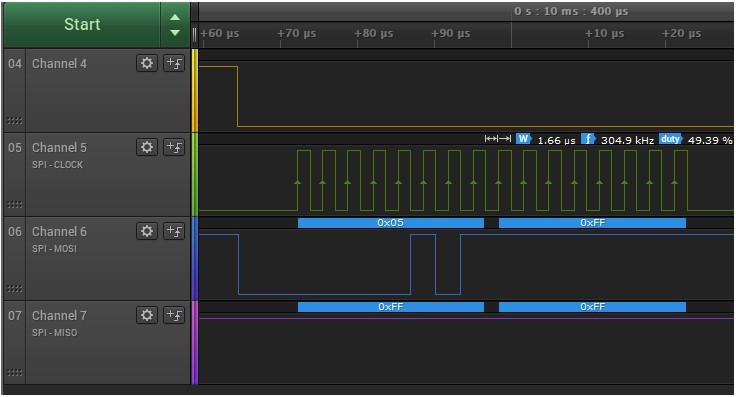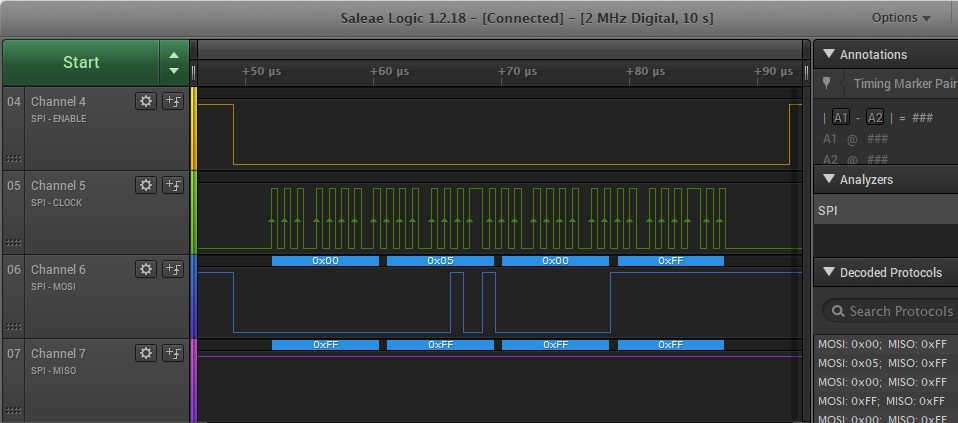Does such code exist?
The same SPI is used for the flash and temperature reading and also the SRAM.
I have functions to read/write from/to the flash and the temperature - each needing a change of settings. CS is not enough.
I'm wondering if the SRAM will also need different settings before I can communicate with it.
Thanks,
Mechi





